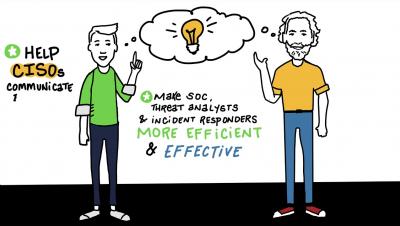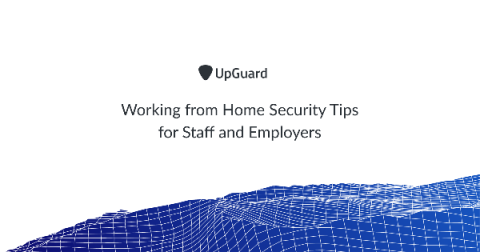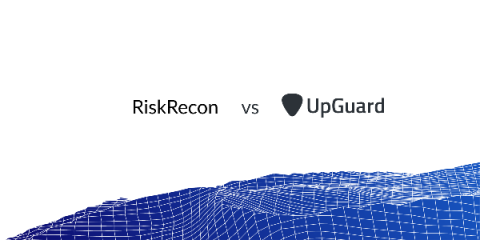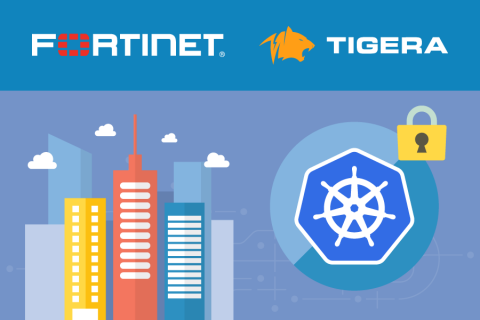Security | Threat Detection | Cyberattacks | DevSecOps | Compliance
%term
Working from Home Security Tips for Staff and Employers
While over 70 percent of global employees work remotely at least once per week and full-time remote workers are increasingly common, there are still aren't a lot of resources that help address the cybersecurity risk introduced by remote work. In the past, workplaces that weren't set up to work remotely, simply didn't.
Uncommon Use Cases for Industrial Cybersecurity
Who's Responsible for Industrial Cybersecurity and Securing OT Environments?
The Biggest Challenge Affecting Industrial Cybersecurity Organizations
What is Transport Layer Security?
Transport layer security (TLS for short) refers to a protocol that aims to offer authentication, data integrity and privacy during the communication between two different computer applications. Keep reading to learn why it is important for your organization. Every web developer aims to keep the communications conducted over the internet as safe as possible but despite all the good intentions, this is an involved task due to the flawed designs and sub par implementations of Transport Layer Security.
10 tips for working remotely
We’re all working together to help slow the spread of COVID-19 through new policies and guidelines such as working remotely and socially distancing ourselves from others. Working remotely can be challenging. I can offer some advice about working remotely, as I have worked both remotely and in a travel capacity for over 10 years, and I really love working that way. Here are a few things I regularly do to ensure success while still managing a work-life balance.
RiskRecon vs UpGuard Comparison
There are a lot of security ratings providers now, and choosing the right one can be overwhelming. That's why we wrote this post to make it as easy as possible to help you compare RiskRecon and UpGuard. Regardless of whether you're a CISO, Vice President of Security or an individual contributor, it's safe to say you understand how important cybersecurity risk management is.
Free Cyber Safety Resources during COVID-19
Whether you are reading this from somewhere in the United States or overseas, chances are you are doing it from the comfort of your home. Not because you chose to but because you were asked to do so in order to prevent Coronavirus disease 2019 (COVID-19) from spreading any further. If you are a parent, working remotely with your kids at home, you are probably facing additional challenges.
How Fortinet and Tigera Protect Kubernetes in the Enterprise
Container use continues to grow, and Kubernetes is the most widely adopted container orchestration system, managing nearly half of all container deployments.1 Successful integration of container services within the enterprise depends heavily on access to external resources such as databases, cloud services, third-party application programming interfaces (APIs), and other applications. All this egress activity must be controlled for security and compliance reasons.











